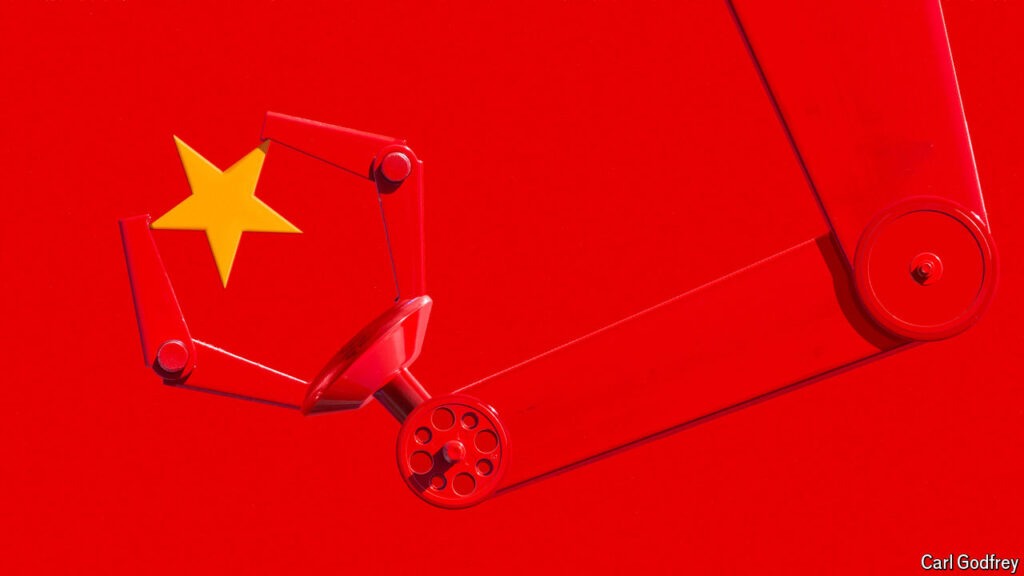Last year, the President of China, Xi Jinping, embarked on a visit to Heilongjiang in the country’s north-east region. This province, which is part of the industrial rustbelt, serves as a microcosm of the challenges facing China’s economy. Among these challenges are a low birth rate, declining house prices in its largest city, and dismal economic growth. In 2023, Heilongjiang’s GDP only managed to grow by a meager 2.6%, with its nominal GDP showing virtually no growth, indicating a potential deflationary spiral.
However, all hope is not lost as Xi Jinping unveiled his plan during his visit to the province. He called on the local population to focus on cultivating “new productive forces” as a means to revitalize the economy. This directive has since been echoed repeatedly in state-run publications and official gatherings across the country. The concept even took center stage in the recent “two sessions” meetings, which are annual assemblies of China’s legislative and advisory bodies.
Wang Xianqing, a scholar from Peking University, drew parallels between the term “new productive forces” and the iconic “reform and opening up” policy that drove China’s adoption of market-oriented reforms in 1978. He suggests that just as “reform and opening up” was a pivotal moment in China’s economic history, “new productive forces” may hold similar transformative potential. According to Wang, these concepts have a timeless quality that can shape the country’s trajectory for years to come.
The emphasis on cultivating “new productive forces” signals a shift towards innovation, technological advancement, and sustainable development in China’s economic landscape. It acknowledges the need to adapt to changing global dynamics, increasing competition, and evolving consumer demands. By investing in new technologies, research and development, and skilled labor, China aims to overcome its current economic challenges and pave the way for a more prosperous future.
Under Xi Jinping’s leadership, China has been making strides in various sectors such as artificial intelligence, green technology, and renewable energy. The government has been incentivizing businesses to invest in these areas through tax breaks, subsidies, and other forms of support. Additionally, initiatives like the Belt and Road Initiative have enabled China to establish economic partnerships with countries across the globe, opening up new markets and opportunities for growth.
As China transitions towards a knowledge-based economy, education and skills development have become key priorities. The government has been investing heavily in improving education infrastructure, enhancing the quality of teaching, and promoting innovation and entrepreneurship among the youth. By nurturing a generation of highly skilled professionals and entrepreneurs, China aims to strengthen its competitive edge in the global market.
In conclusion, Xi Jinping’s vision of cultivating “new productive forces” represents a strategic approach to addressing the current challenges facing China’s economy. By focusing on innovation, technology, and sustainable development, China aims to ensure long-term growth and prosperity. Through targeted investments, policies, and partnerships, China is positioning itself as a leader in the new era of economic transformation. As the country continues to evolve and adapt to changing circumstances, the concept of “new productive forces” is likely to remain a guiding principle for its future development.












